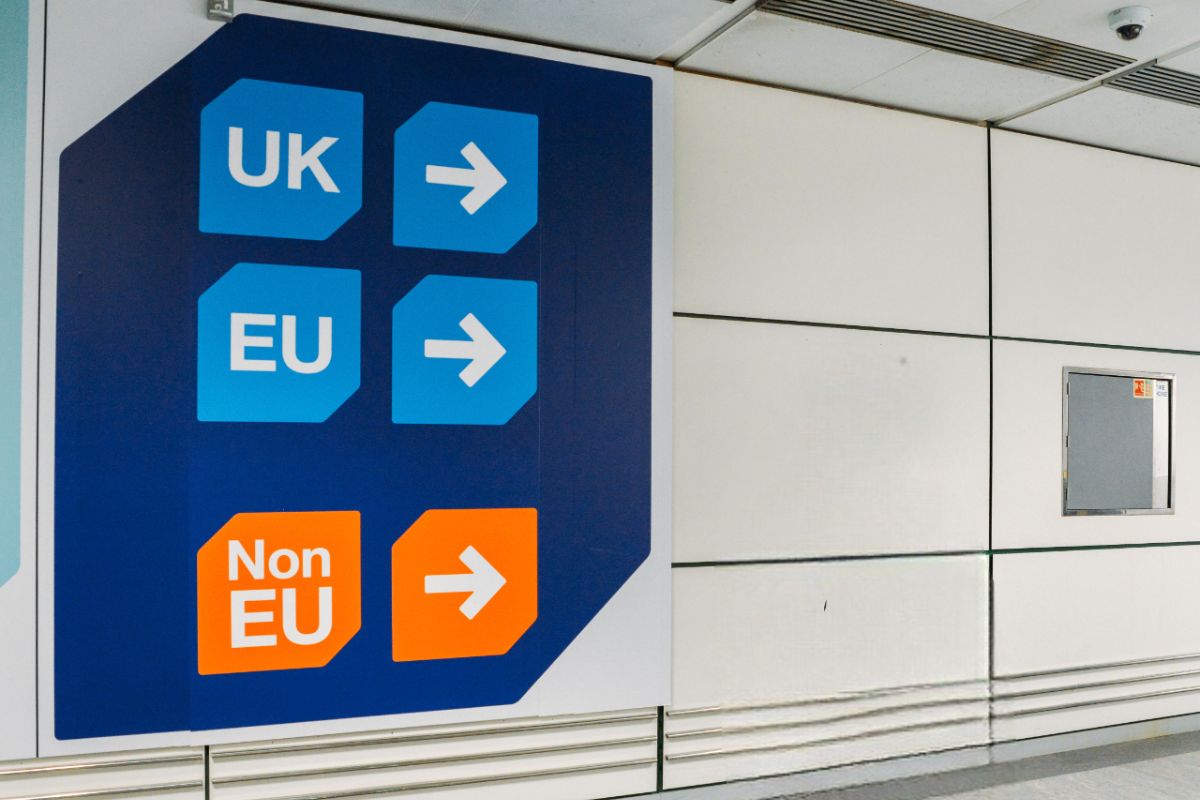New Entry Requirements for Non-EU Travelers to Europe

Starting in October 2025, non-EU travelers may face longer queues at European borders due to the implementation of the new Entry/Exit System (EES). This system requires all non-EU nationals, including those from the UK, US, Canada, and Australia, to register their fingerprints or have a photograph taken upon entering the Schengen Zone. The EES affects individuals visiting Europe for holidays, business trips, or short stays of up to 90 days within a 180-day period.
The Entry/Exit System (EES) is a digital initiative designed to modernize and secure border controls within Europe’s Schengen Area. Instead of manual passport stamping, the system will electronically register travelers’ biometric data upon arrival. Key features include fingerprint or facial image registration, automated record-keeping of arrivals and departures, and the elimination of traditional passport stamps to expedite travel.
After delays since 2022, attributed to infrastructure readiness issues in countries like Germany, France, and the Netherlands, the European Council and Parliament have scheduled a phased introduction of the EES, beginning in October 2025 and spanning six months. Significant delays are expected at major entry points such as airports, ferry terminals, and rail stations, including the Port of Dover, Eurostar terminals, and the Channel Tunnel. Processing times for vehicles and passengers may increase substantially, with Channel Tunnel operators estimating car processing could take five to seven minutes, compared to the current less than one minute.
Travelers are advised to plan extra time for border crossings, prepare necessary documents in advance, and stay informed via travel alerts from transport providers.
The EES aims to enhance border security and streamline travel efficiency. According to Belgian MEP Assita Kanko, the system will combat illegal activities, reduce queues, and improve the travel experience for legal visitors by replacing outdated paper passport stamps with digital solutions.
Following the EES, the European Travel Information and Authorisation System (ETIAS) is expected to launch in the second half of 2027. The ETIAS will require travelers from visa-exempt countries to apply online before visiting, similar to the U.S. ESTA system, with a small application fee and a three-year validity for approved stays. Both the EES and ETIAS are intended to bolster security while maintaining accessible travel for non-EU visitors.
To minimize travel disruptions, non-EU visitors should stay informed about EES and ETIAS requirements, prepare for longer wait times during the initial EES rollout, ensure passport validity meets Schengen standards, and check for updates from airlines, ferry services, and rail operators. Frequent travelers to Europe are particularly encouraged to understand these new processes for smoother border crossings.
In conclusion, the launch of the Entry/Exit System represents a significant change for non-EU travelers to Europe. While initial delays are anticipated, the system aims to modernize border control, enhance security, and streamline travel over time. With ETIAS on the horizon, preparation will be essential for hassle-free travel within Europe’s Schengen Zone.










